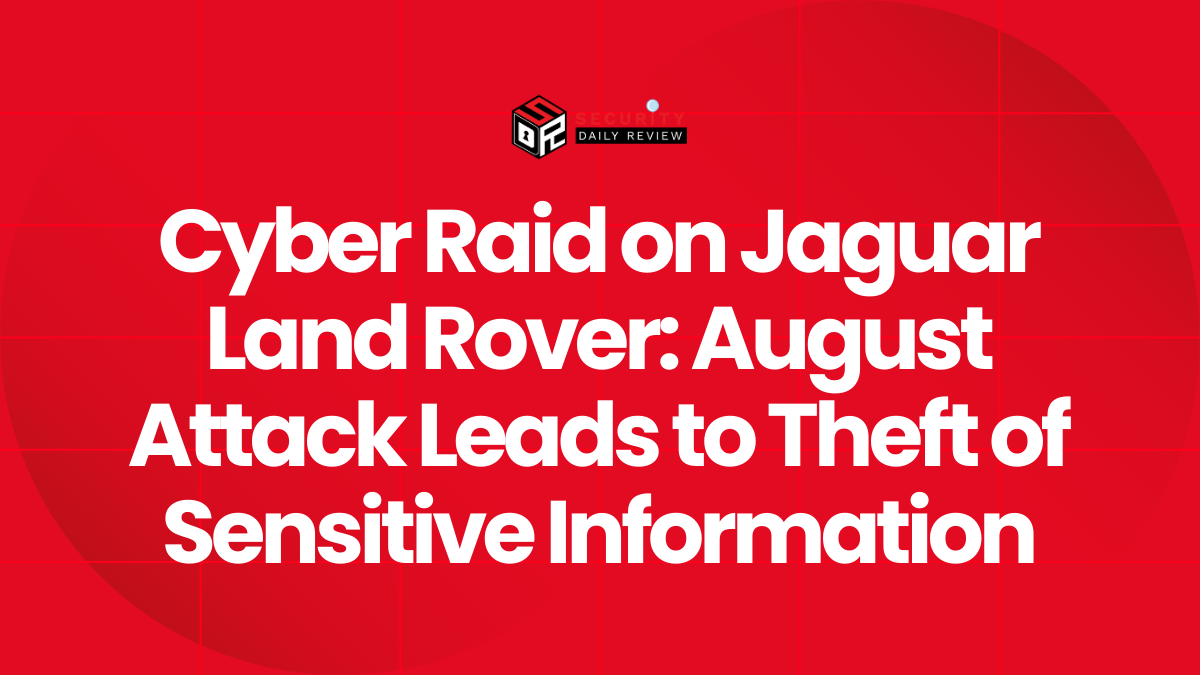A newly uncovered malicious campaign operated by the botnet dubbed “Tsundere” is quietly spreading across Windows systems, leveraging JavaScript-based execution vectors and dynamic command-and-control (C2) instructions. First observed in mid-2025, the botnet’s expansion has drawn special attention from cybersecurity researchers, particularly due to its stealthy behavior and lack of known infection vector.
Tsundere Botnet Uses JavaScript To Execute C2-Initiated Payloads
According to an analysis published by researcher Lisandro Ubiedo at Kaspersky, the Tsundere botnet is specifically engineered to run arbitrary JavaScript sourced from a remote command-and-control (C2) server. This design allows attackers to execute dynamic payloads following initial infection, with functionality determined entirely by server-delivered scripts. By outsourcing actual malicious operations to the C2 stage, the botnet keeps its initial footprint lightweight and difficult to detect during early scanning phases.
While the malware is confirmed to be active since at least mid-2025, its propagation method remains unclear. This gap in knowledge significantly complicates response strategies among defenders, as traditional indicators of compromise (IOCs) tied to dropper campaigns or lure files are absent.
JavaScript Execution Model Obscures Initial Intent and Enhances Flexibility
The use of JavaScript as the core execution mechanism provides multiple advantages to Tsundere’s operators:
- C2-based scripting allows for payload modularity and rapid adaptation
- Malicious behavior is minimized at rest and only occurs when C2 actions are issued
- JavaScript enables cross-compatibility with scripting engines embedded in many Windows environments
This separation of concerns—infect now, activate later—places defenders in a reactive posture. Analysts cannot fully evaluate the botnet’s capabilities unless the C2 delivers an active command, which may vary per target or time frame.
Stealthy Growth Despite Unknown Propagation Techniques
Despite no public evidence yet available on how Tsundere spreads, its current activity suggests active and ongoing distribution. Typical botnet propagation includes vectors such as phishing emails, exploit kits, drive-by downloads, or trojanized installers—but none have yet been conclusively linked to Tsundere.
This ambiguity introduces a heightened level of risk, particularly for enterprise environments with large Windows footprints. Without knowing how systems become infected in the first place, organizations cannot preempt infection with policy or signature-based detection.
Cybersecurity professionals are advised to monitor for unusual JavaScript execution within user profiles and to audit network requests to suspicious or anomalous domains, especially those exhibiting command-and-control-like behavior.
Operational Risks and Defense Implications for Enterprise Environments
The dynamic, JavaScript-based structure of Tsundere resembles past threats that relied on multi-stage infection tactics. Its reliance on a C2 channel for script execution could also allow operators to perform a range of post-infection activities, including:
- Exfiltrating data or credentials
- Installing backdoors or lateral movement scripts
- Deploying ransomware or wipers at a later stage
Given its flexible architecture, Tsundere could serve as a platform for multiple types of attacks, depending on the operator’s goals. This modular infrastructure also allows the botnet to change behavior over time, potentially evading detection or pivoting into different threat categories—moving from espionage to monetization, for instance.
Continued Monitoring and Research Is Critical as Threat Grows
Kaspersky’s initial disclosure provides essential technical breadcrumbs, but significant gaps remain in understanding the full extent of the Tsundere botnet’s reach. Security vendors and incident response teams will need to reverse-engineer observed payloads and trace network connections to identify staging infrastructure and potential delivery mechanisms.
Until known IOCs are published and the infection chain is fully dissected, defenders have limited options aside from heuristic detection methods and endpoint monitoring for behaviors consistent with runtime JavaScript execution sourced from remote domains.
The rise of Tsundere highlights a continued trend of evasive, script-driven malware designed for stealth and adaptability. Its emergence poses a timely reminder to reinforce behavioral detections, apply strict execution policies where possible, and maintain up-to-date endpoint controls across Windows environments.









